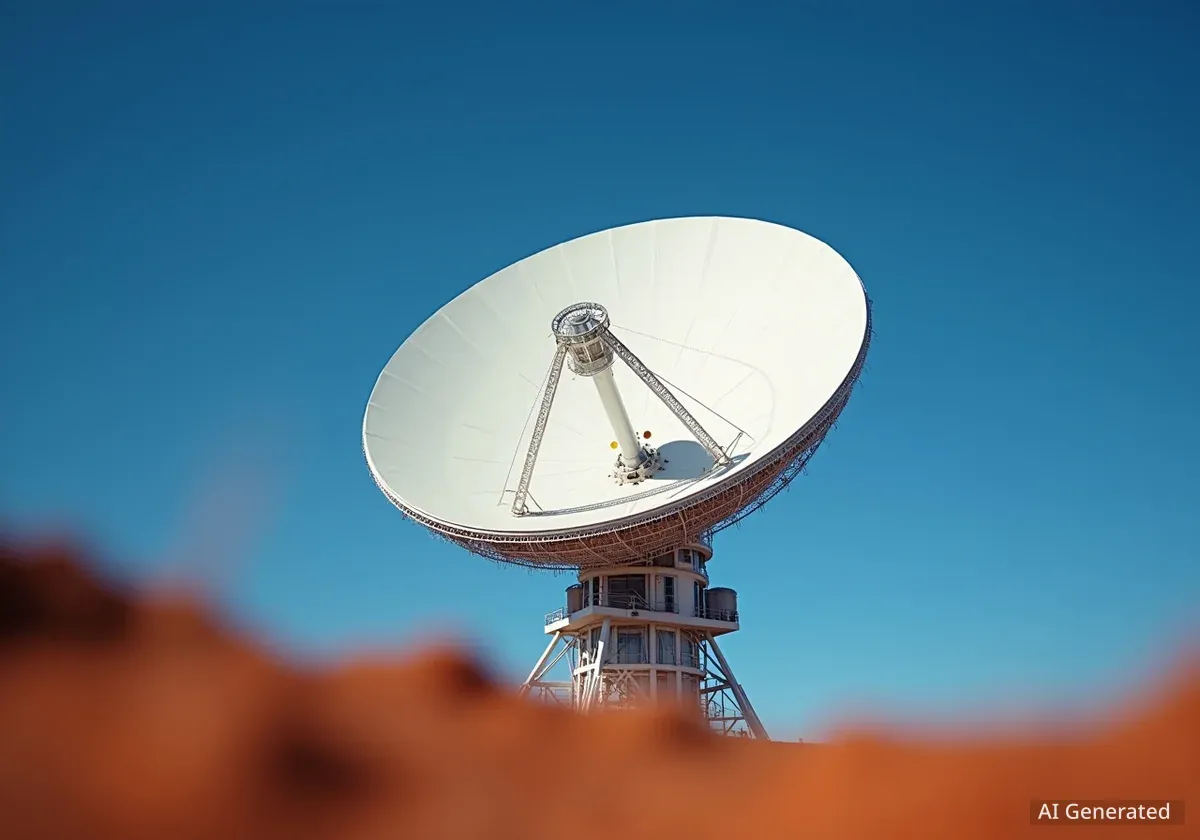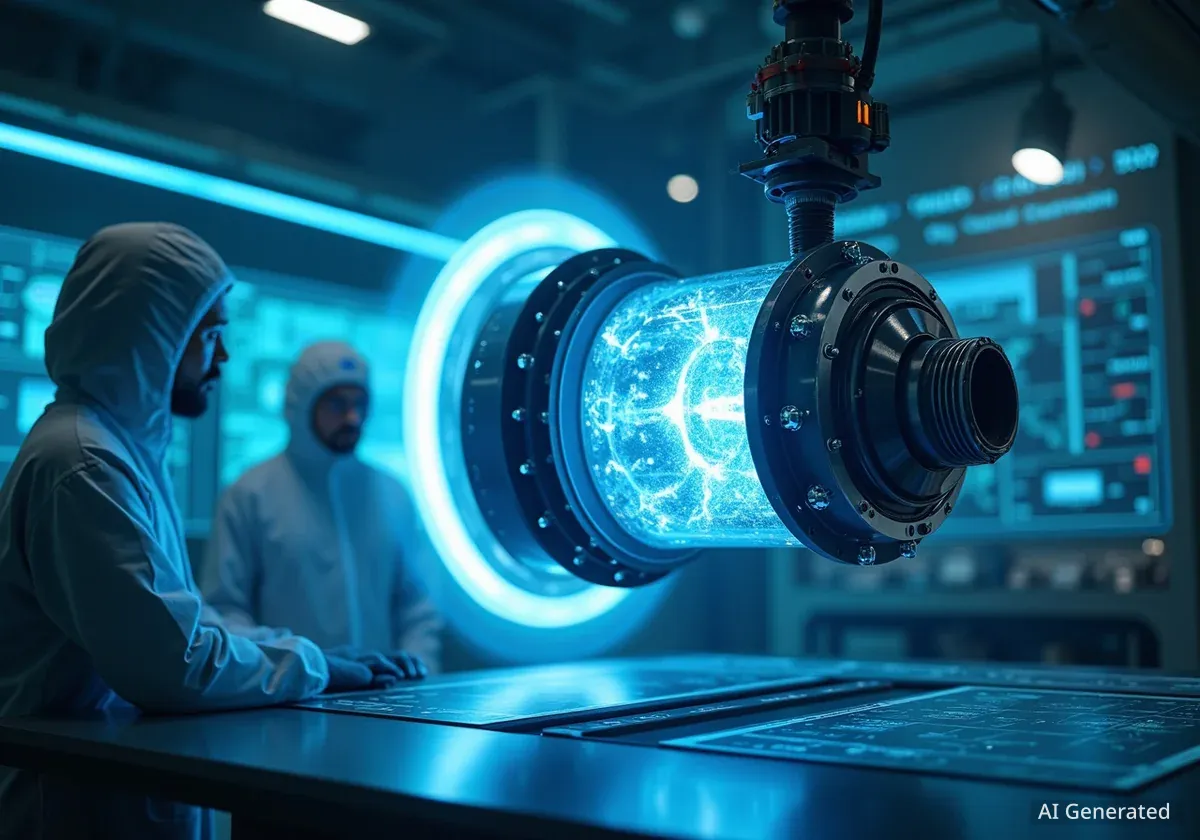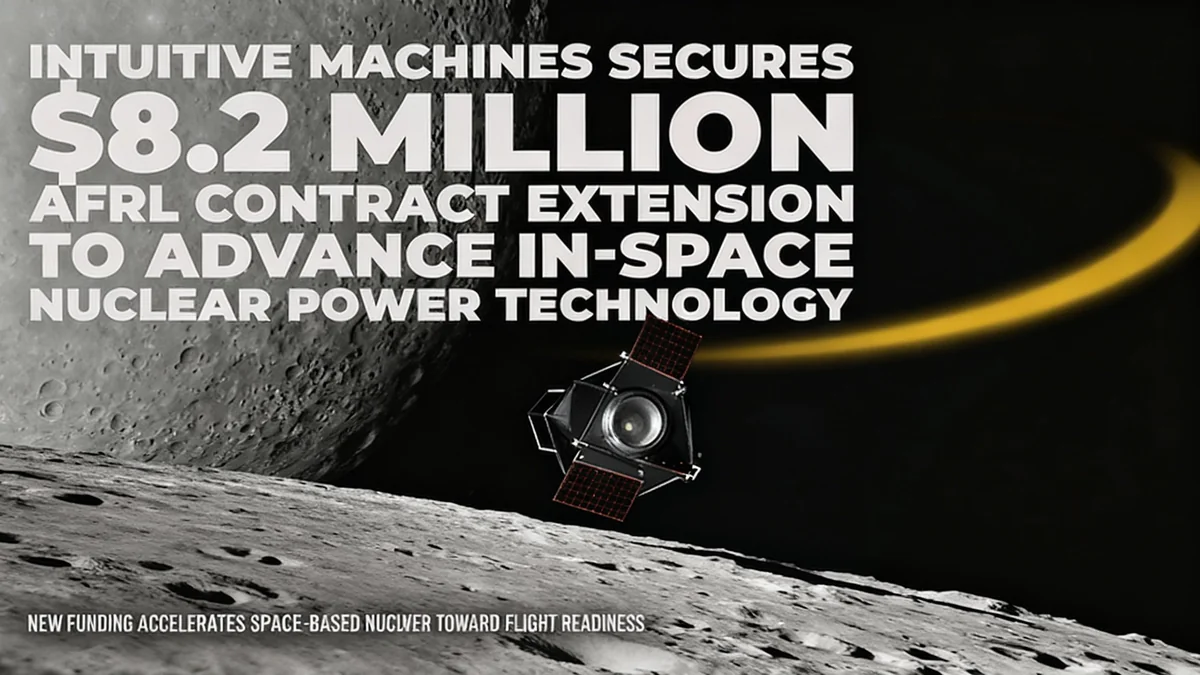The European Space Agency (ESA) has officially inaugurated a new deep space antenna in Western Australia, a critical expansion of its global network designed to communicate with missions venturing far into our solar system. The facility, located in New Norcia, represents a significant investment in Europe's autonomous space capabilities and strengthens its scientific and exploration partnerships.
The 35-meter dish, known as New Norcia 3, will enhance the agency's ability to download vast amounts of data from spacecraft studying distant planets, asteroids, and the Sun. This development comes as space agencies worldwide prepare for a new era of complex interplanetary missions that generate more scientific information than ever before.
Key Takeaways
- The European Space Agency has opened its fourth deep space antenna, New Norcia 3, in Western Australia.
- The project cost an estimated EUR 62.3 million, with a EUR 3 million contribution from the Australian Space Agency.
- The antenna uses advanced cryogenic cooling to detect faint signals from distant spacecraft.
- It will support ESA missions and collaborate with international partners like NASA, JAXA, and ISRO.
- The facility is expected to bring economic benefits and jobs to the local region over its 50-year lifespan.
A Technological Leap for Space Communication
The new antenna is not just an addition; it is a technological upgrade for ESA's Estrack network. Officials describe it as the most sophisticated antenna in the system to date. Its advanced design incorporates components that are cryogenically cooled to approximately -263°C, which is just a few degrees above absolute zero.
This extreme cooling dramatically increases the antenna's sensitivity. It allows the massive dish to detect incredibly faint radio signals transmitted by spacecraft that are hundreds of millions of kilometers from Earth. This capability is crucial for maximizing the scientific return from missions where every bit of data is precious.
Advanced Cooling Technology
The antenna's receivers are cooled to near absolute zero (-273.15°C) to minimize thermal noise. This allows the system to distinguish the weak signals from distant spacecraft from the background radiation of space, ensuring clearer and more reliable communication.
As missions become more ambitious, the volume of data they collect—from high-resolution images to complex atmospheric readings—grows exponentially. The New Norcia 3 antenna is designed to meet these increasing demands, ensuring a high-speed data link back to scientists on Earth.
Strengthening International and Local Partnerships
The project is a cornerstone of the growing collaboration between Europe and Australia in the space sector. The Australian Space Agency (ASA) contributed EUR 3 million towards the project, a move that underscores the nation's commitment to becoming a more significant player in the global space industry.
"This strategic investment reinforces ESA’s deep-space communication capabilities and maximises the return of our missions’ most valuable asset: data delivered from spacecraft voyaging far from Earth," said Josef Aschbacher, Director General of ESA.
The inauguration also coincides with Australia's announcement to begin negotiations on a new, broader cooperative agreement with ESA. This signals a future of deeper collaboration on scientific missions, technology development, and data sharing.
Beyond its primary function for ESA, the antenna will be a valuable asset for the entire international space community. Through mutual support agreements, the facility can be used to track and communicate with spacecraft from other agencies, including NASA, Japan’s JAXA, and India’s ISRO. This interoperability is vital for ensuring mission success and providing backup communication channels for critical operations.
The Estrack Network
Estrack is ESA's global network of ground stations used for tracking and communicating with spacecraft. The network has stations across the globe, but its deep space antennas, which are larger and more sensitive, are located in New Norcia (Australia), Cebreros (Spain), and Malargüe (Argentina). This geographic distribution ensures 24/7 coverage as the Earth rotates.
Economic and Scientific Impact
The construction and long-term operation of the New Norcia 3 antenna are expected to provide a significant economic boost to the region. The project has an estimated lifespan of 50 years, promising sustained employment and opportunities for local businesses and technical services.
Long-Term Benefits for Australia
Enrico Palermo, the Head of the Australian Space Agency, highlighted the tangible benefits of the investment.
"This investment by ESA and the Australian Government will unlock millions of dollars in local economic value as well as employment over the projected lifetime of 50 years," Palermo stated. "It’s another chapter in the story of Australian and European partnership in space."
The facility not only creates direct jobs for engineers, technicians, and support staff but also stimulates the local economy through contracts for maintenance, infrastructure, and other services. Furthermore, it positions Western Australia as a key hub for space communication and science.
Enabling Future Discoveries
Ultimately, the primary purpose of the antenna is to enable groundbreaking science. It will support a range of ESA missions, including:
- Juice (Jupiter Icy Moons Explorer): Currently on its way to study Jupiter and its large ocean-bearing moons.
- Euclid: A space telescope mapping the dark universe.
- Upcoming missions: Future projects like the Hera mission for planetary defense and the Vigil mission to monitor the Sun for potentially hazardous solar weather.
With this new asset, ESA is better equipped to manage its growing fleet of deep space explorers. The New Norcia 3 antenna ensures that Europe can independently command its spacecraft and receive the invaluable data that will help answer some of the biggest questions about our solar system and the universe.





